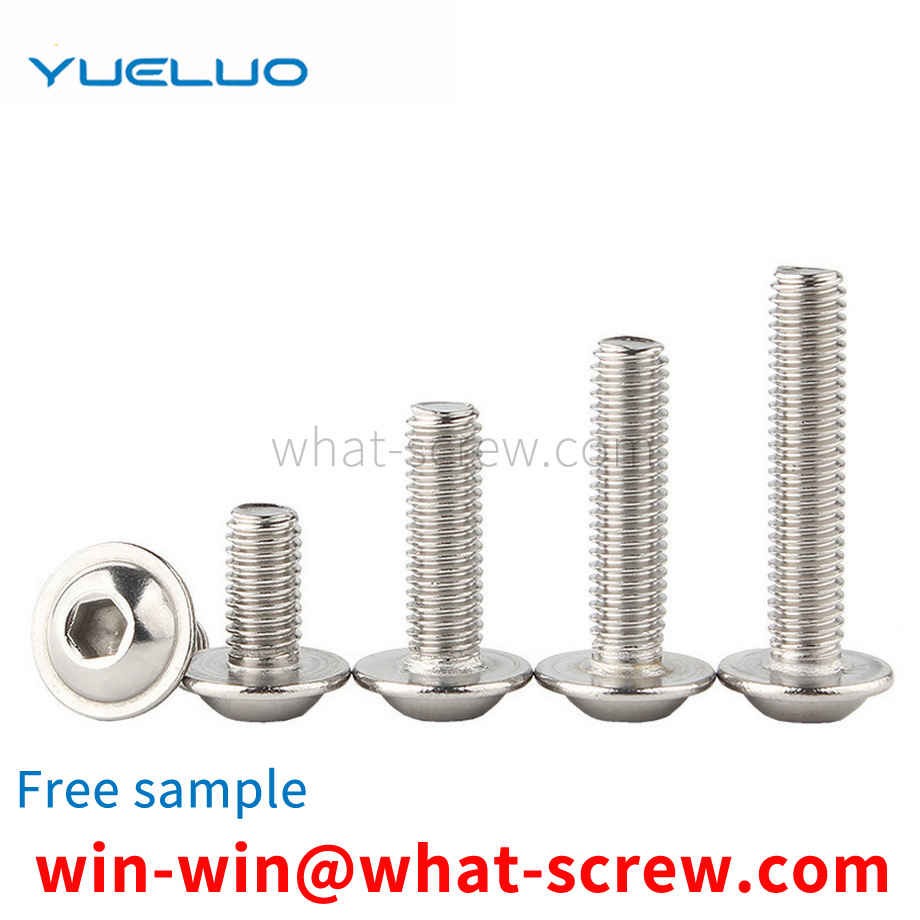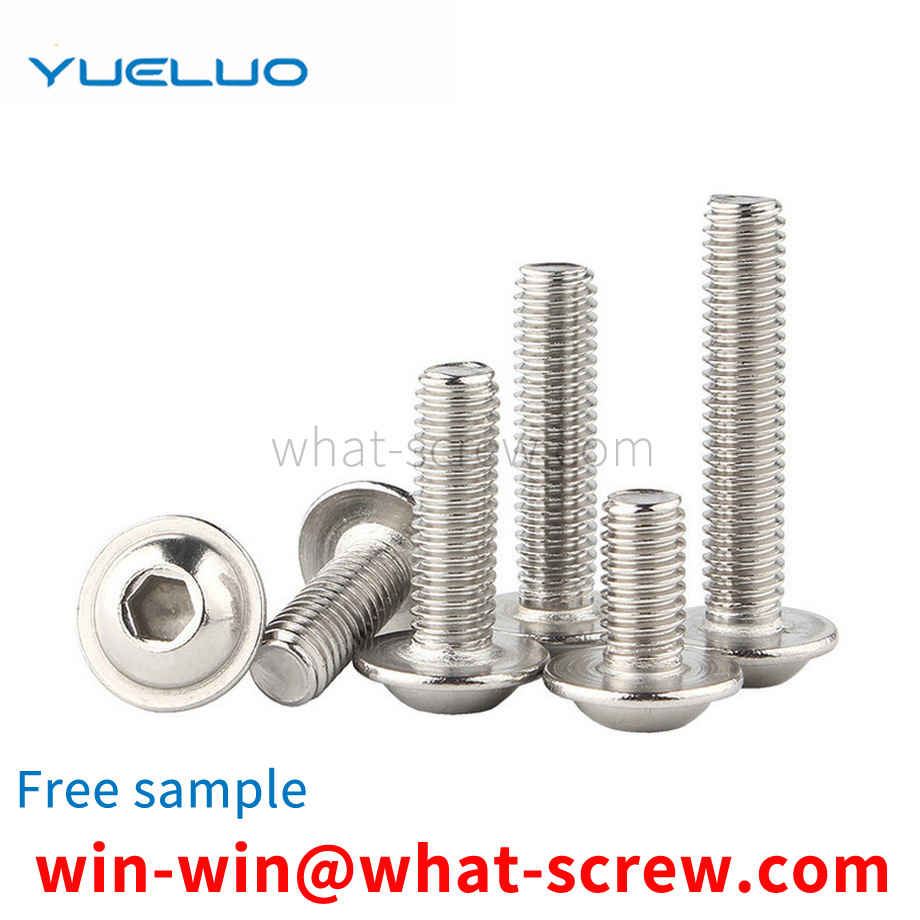At present, there are two commonly used nut fixing methods, one is welding fixing: high energy consumption, the welding process easily leads to thread deformation in the nut, which requires re-tapping, which increases the cost, and for aluminum alloy and other materials, the welding process is poor, It is easy to produce welding defects and cannot achieve the function of fastened connection; the other is to pull riveting: in this method, the connection force of the nut is not strong, the reliability is not good, and it is not suitable for thin-walled profiles.
Align the four positioning holes 12-5 of the spring washer positioning plate 2 with the four positioning columns 4 of the screw tray 1, and place them on the screw tray 1. Several screws 5 are passed through the lower positioning plate 12-2 in turn. The spring washer hole 2-7, the opening slot 12-32 of the baffle plate 12-3, the inner ring of the spring washer 7 in the spring washer hole 2-7 of the upper positioning plate 12-1, hold the spring washer positioning plate 2 by hand The raised handle 12-31 of the baffle plate 12-3 pulls the baffle plate 12-3 out of the upper positioning plate 12-1 and the lower positioning plate 12-2, and several spring washers 7 pass through the holes on the lower positioning plate 12-2. The spring washer holes 2-7 fall down along the screw rod of screw 5, so that the screw rod of screw 5 penetrates into the spring washer 7, as shown in Figure 10, and then the spring washer positioning plate 2 is removed to complete the process of threading the spring washer.
The earliest rivets were small pegs made of wood or bone, and the earliest metal variants may be the ancestors of what we know as rivets. They are without a doubt the oldest known method of joining metals, dating back as far as the earliest use of malleable metals, eg: Bronze Age Egyptians riveted the six wooden sectors of the outer lines of a slotted wheel with rivets Fastened together, after the Greeks had succeeded in casting large statues in bronze, the parts were riveted together with rivets.
Classification broadcast product series Product detailed classification Hexagon bolts (1) Hexagon bolts (1) Hexagon full teeth: GB5783/DIN933 (2) Hexagon half teeth; GB5782/DIN931 (3) Class B flange hexagon bolts: GB5787 (4) Joint bolts: GB798/DIN444 (5) Welding bolts for manual welding: GB902 square neck bolts (1) Half round head square neck bolts: GB14/DIN603 (2) Small half round head square neck bolts: GB12 (3) Half round head low square neck bolts: GB801 Remarks: Square neck bolts and carriage bolts Hexagon socket head cap screws (1) Hexagon socket head cap screws: GB70/DIN912 (2) Hexagon socket flat end set screws: BG70/DIN913 (3) Hexagon socket head set screws: GB78/DIN914 ( 4) Countersunk head socket head socket head set screw: GB79/DIN915 (5) Hexagon socket socket head set screw: GB80/DIN916 (6) Hexagon socket head countersunk head screw: DIN7991 (7) Hexagon socket head thin head screw: DIN7984 ( 8) Plug screw: ISO7379 machine screw (1) Slotted cylinder head screw: GB65/DIN84 (2) Slotted pan head screw: GB67/DIN85 (3) Slotted countersunk head screw: GB68/DIN963 (4) Slotted Large flat head screw (5) Cross recessed small pan head screw: GB823 (6) Cross recessed large flat head screw (7) Cross recessed pan head screw: GB818/DIN7985 (8) Cross recessed countersunk head screw: GB819/DIN965 (9 ) Cross recessed countersunk head screw: GB820/DIN966 thread and stud (2) Stud bolt-bm=1d: GB897/DIN938 (3) Stud bolt-bm=1.25d: GB898/DIN939 (4) Stud head Bolt-bm=1.5d: GB899 (5) Stud bolt-bm=2d: GB900 (1) Tooth bar: GB15389/DIN976 (6) Equal length stud: GB901/DIN976
Commonly used standards are broadcast. For hexagonal nuts, the commonly used standards are: GB52, GB6170, GB6172 and DIN934. The main differences between them are: the thickness of GB6170 is thicker than that of GB52, GB6172 and DIN934, commonly known as thick screw cap. The other is the difference between the opposite sides, the opposite sides of DIN934, GB6170 and GB6172 in the M8 nut series are 13MM smaller than the opposite side 14MM of GB52, and the opposite sides of M10 nuts, DIN934 and GB52 are 17MM. The opposite side of GB6170 and GB6172 should be 1MM larger, M12 nut, DIN934, GB52's opposite side is 19MM larger than GB6170 and GB6172's opposite side 18MM is 1MM larger. For M14 nuts, the opposite side of DIN934 and GB52 is 22MM, which is 1MM larger than the opposite side of GB6170 and GB6172, which is 21MM. The other is the M22 nut. The opposite side of DIN934 and GB52 is 32MM, which is 2MM smaller than the opposite side of GB6170 and GB6172, which is 34MM. (Besides the thickness of GB6170 and GB6172 are the same, the width of the opposite side is exactly the same) The rest of the specifications can be used in general without considering the thickness.
We have many years of experience in the production and sales of screws, nuts, flat washers, etc. The main products are: pressure plate nut column, lock nut screw, DIN6796 gasket, copper round cup screw and other products, we can provide you with suitable fastening products piece solution.



















 Service Hotline
Service Hotline




